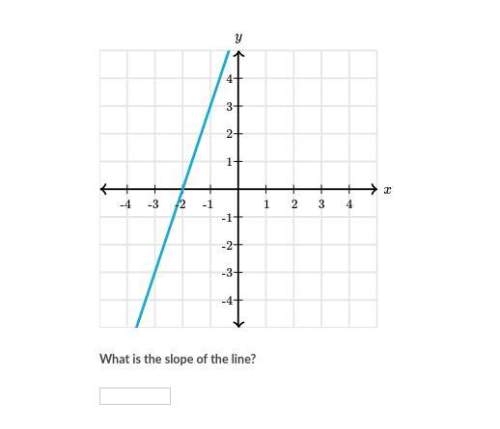
Mathematics, 20.01.2021 02:30 aidy3259
The formula to find the amount in an account, A, that has an interest rate, r, that compounds n times per year and has a starting balance of P after t years is A = P (1+r/n)∧nt .
If the interest is compounded yearly, then n = 1 and the interest rate, r, represents the annual interest. When the interest is compounded monthly, then n = 12 but r is still the annual interest.
If you were given the equation A = P (1 + r)∧t how often is the interest compounded?
Type your response here:
If you were given the equation A= P( 1.17)∧t , what would the annual interest rate be?
Type your response here:
What would need to change about the equation in part b for it to represent an account that is compounded monthly?
Type your response here:
Use the properties of exponents to rewrite the equation given in part b so that it represents an account that is compounded monthly.
Type your response here:
What would be the approximate monthly interest rate that is equivalent to the annual interest rate represented in the equation given in part b?
Type your response here:

Answers: 1


Another question on Mathematics



Mathematics, 21.06.2019 18:30
Kayla wants to find the width, ab, of a river. she walks along the edge of the river 65 ft and marks point c. then she walks 25 ft further and marks point d. she turns 90° and walks until her location, point a, and point c are collinear. she marks point e at this location, as shown. (a) can kayla conclude that δ and δ are similar? why or why not? (b) suppose de = 15 ft. what can kayla conclude about the width of the river?
Answers: 2

Mathematics, 21.06.2019 19:30
Combine the information in the problem and the chart using the average balance method to solve the problem.
Answers: 2
You know the right answer?
The formula to find the amount in an account, A, that has an interest rate, r, that compounds n time...
Questions


English, 13.10.2019 14:50



Health, 13.10.2019 14:50



Mathematics, 13.10.2019 14:50


Physics, 13.10.2019 14:50



Mathematics, 13.10.2019 14:50

History, 13.10.2019 14:50



History, 13.10.2019 14:50


English, 13.10.2019 14:50

Mathematics, 13.10.2019 14:50




